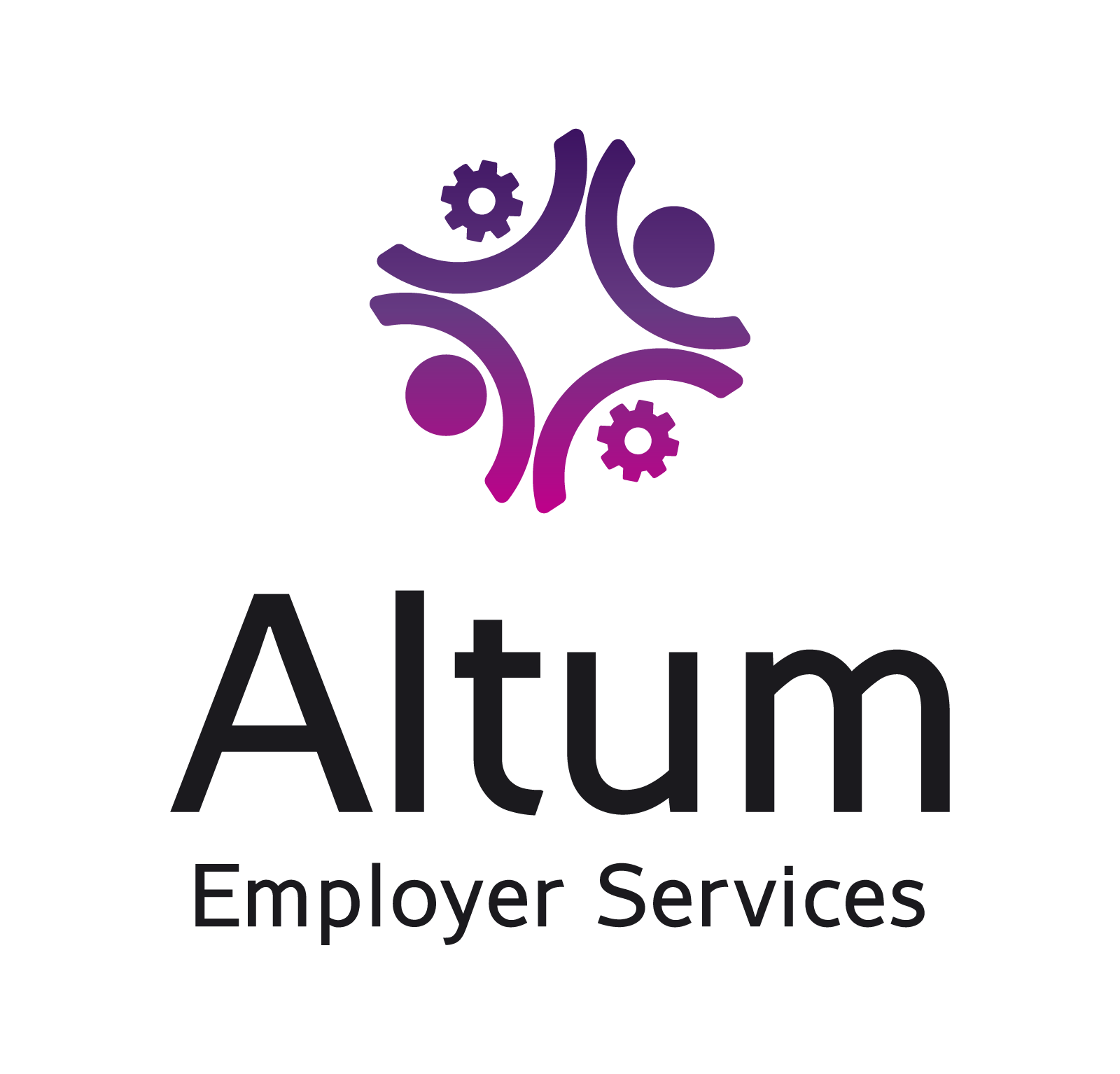How will the Good Work Plan affect my business?
The Good Work Plan has been coined as the “largest upgrade in a generation to workplace rights” and is the government’s response to an independent review called out by Matthew Taylor published as ‘Good Work: the Taylor Review of Modern Working Practices in July 2017.’
If you still aren’t sure what the Good Work Plan is, you can find out more information in our previous blog where we covered what the Good Work Plan is, its aims and objectives as well as looking at its pros and cons.
In this blog, we are going to be outlining the proposed changes that you can expect as a result of the Good Work Plan and what that might mean for your business.
What do I need to know?
Below are some of the critical things that are going to change, and that will impact your business.
Written statements
At present, employers have up to 2 months to provide workers with a written statement covering the details of their employment contract. It’s been identified that this is too long and that workers need to have a written statement on the first day of work to be useful and allow individuals to make informed choices.
Holiday Pay Reference Periods
Holiday pay calculations are to increase in the period over which holiday pay are calculated going from 12 weeks to 52 (or completed weeks if worked less than 52). This is to boost awareness and understanding to help ensure all workers are benefiting from their paid entitlement to leave, particularly those of agency workers.
Increase in the break of service
This is currently only one week, making it extremely difficult for employees with irregular working patterns to accumulate continuity of service. The change will see this being increased to 4 weeks helping more workers access these rights and build up continuous service.
Two Way Working
The Good Work Plan wants to address ‘one-sided flexibility’ and for the new legislation to give all workers the right to request a more stable contract.
There has been much negative press surrounding zero-hour contracts, although supporting some types of workers, they are the real example of the ‘one-sided flexible’ working the Good Work Plan looks to eliminate. The Office of National Statistics (ONS) found that as of September 2017, some 900,000 workers were on such contracts. The good work plan recommends genuine two-way flexibility, supporting recommendations and safeguards such as;
- Giving employees and workers the right to request a contract that guarantees hours for those on zero-hour contracts who have been in post for 12 months which better reflects the hours worked, providing a guaranteed number of hours.
- The possible introduction of a higher NMW rate for hours that are not guaranteed as part of the contract
- Fixed days of work to enable them to plan for their non-working time, eg. childcare or a second job.
Providing Agency Workers with a Key Facts Page
The Good Work Plan is committed to tackling the lack of transparency and will legislate to require all employment businesses to provide every agency worker with a Key Facts Page. The Key Facts Page will outline important information, such as:
- the type of contract a worker is employed under
- the minimum rate of pay that they can expect
- how they are to be paid
- if they are paid through an intermediary company
- any deductions or fees that will be taken
- an estimate or an example of what this means for their take-home pay
Supporting Vulnerable Workers
The Good Work Plan is committed to extending state enforcement on behalf of vulnerable workers to:
- Ensure that vulnerable workers are more aware of their rights and have easier access to them and that businesses are supported to comply
- Ensure that vulnerable workers receive their holiday pay
Proposals to support families
The Uk is already behind many other European Countries with regards to parental leave, and the Good Work Plan aims to reform existing entitlements to assist parents with the distribution of leave.
For full details on the changes to parental leave, download our free guide – Everything you need to know about the Good Work Plan’.
Identifying employment status
The question of employment status is a grey area for businesses with people falling into one of three categories.
- Employees
- Workers
- Self Employed
The Good Work Plan will introduce a new test to identify employment status and will be supported by online tools to help employers define their working relationships. This is the one change of the Good Work Plan that is likely to cause employers a headache given their legal obligation to identify ‘workers’ and issue them with the correct documentation.
There were 53 recommendations outlined in the Good Work Plan, and you can find full details in the entire 33-page document here.
